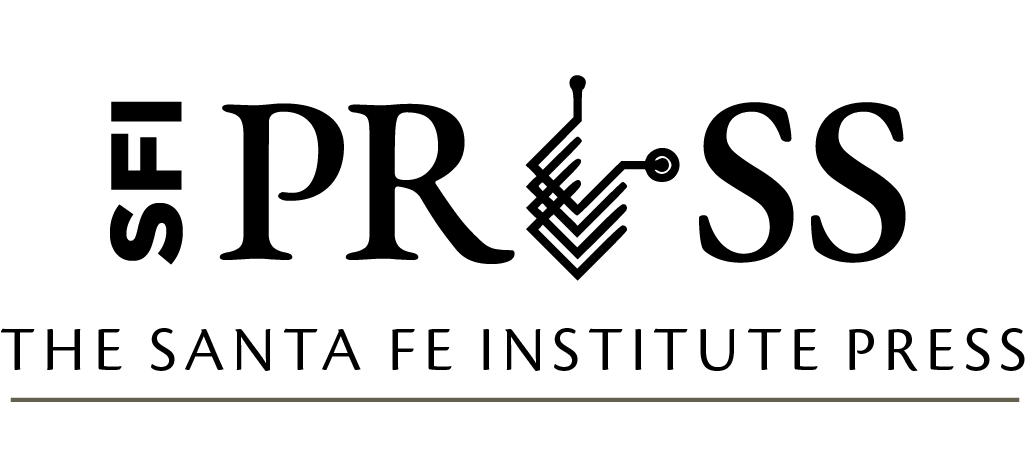Worlds Hidden in Plain Sight pp. 181-191
DOI:
18: Imagining Complex Societies
Author: Scott G. Ortman
Excerpt
The societies in which most humans live have changed dramatically over the past 10,000 years. At the end of the last ice age, all humans lived in hunting and gathering bands where nearly everyone was related, generalized reciprocity was the norm, families produced almost everything they needed, and group decision-making was consensual. In contrast, today most of us live in industrial nation-states where we will never meet most of our compatriots, economic exchange is the norm, families produce only the tiniest fraction of the goods and services they need, and political decisions are made through bureaucratic governments.
These changes make clear that the complexity of many human societies—as defined by their scale, functional differentiation, and control structures—has increased dramatically in recent millennia. How and why this occurred is one of the central questions of anthropology, but despite sustained attention we are still a long way from a truly scientific understanding. In this essay I’ll offer my own view of the problem and what I think is needed to move research in this area forward.
My point of departure is Bruce Trigger’s Understanding Early Civilizations (2003), the most detailed comparative analysis of early state societies yet produced. Trigger chose to work with a sample of early civilizations that developed independently, had never been subservient to other societies, and for which both archaeological and written sources are available. As a result, he did not compare the earliest state societies in various world regions but compared the earliest ones for which a well-rounded picture is possible. Thus, he examined the Aztec (1100–1519 CE) as opposed to the Teotihuacan (100 BCE–750 CE) period in Central Mexico, the Early Dynastic III (2500–2350 BCE) as opposed to the Uruk (3400–3100 BCE) period in Mesopotamia, and so forth. In his view, the disadvantages of working with civilizations from more recent periods were outweighed by the advantages of examining the richer available evidence for the symbolic and cognitive aspects of each society, in addition to their economic and sociopolitical structures.
BACK TO Worlds Hidden in Plain Sight
